Watch the 1967 supernatural horror story “Viy” based on the 1835 novella by the Russian-Ukrainian writer Nikolai Gogol, where a student philosopher from the Christian seminary encounters a young woman with dark powers who can summon the ogre, King of the Gnomes, which the author claims comes from Ukrainian folklore tradition.
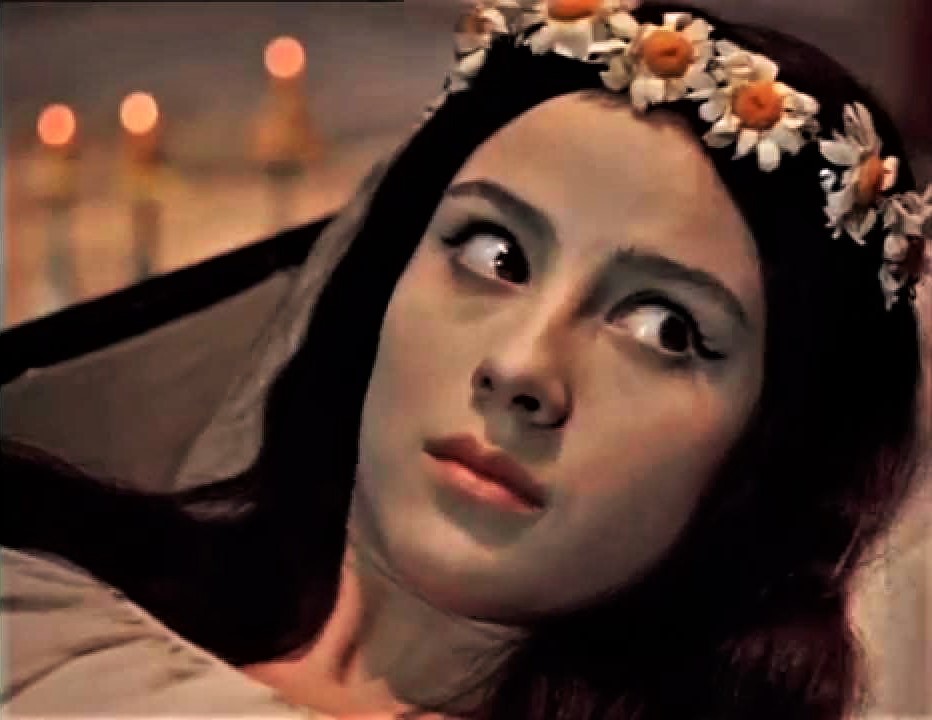

Ukrainian Folklore and the Fascination with Flying Witches
Nikolai Vasilievich Gogol (1809-1852), Russian novelist and dramatist of Ukrainian Cossack origin, first published Viy in the first volume of his collection of tales entitled Mirgorod (1835). The enigmatic Gogol, at the time developing his interest in Ukrainian history and folklore, artistically bestows credence to the workings of dark and evil magical powers. Conjuring dismembered bodies and distorted faces, he turned the rationalistic enlightenment of his time on its head, and his literary vision of evil remained metaphysical and inward, as opposed to societal and outward.
Gogol was an early master of the short story, alongside Alexander Pushkin, Prosper Mérimée, E. T. A. Hoffmann, and Nathaniel Hawthorne. His romantic, surreal, and grotesque works (“The Nose,” “Viy,” “The Overcoat,” “Nevsky Prospekt” “Night Before Christmas“), contrast with his novels that satirized political corruption in the Russian Empire (The Government Inspector, Dead Souls).
VIY is a brilliant example of post-Stalinist film-making that celebrates the communist party by degrading pre-revolution ideals. Film is a reflection of society; VIY makes no apology when portraying the Soviet view of religion. Taking place decades before the revolution, VIY follows a young priest named Khoma. Khoma is one of many seminary students who receive a weekend pass from their elders, then instantly turn into depraved rapists and thieves. — David Ian McKendry
Viy – The Spirit of Evil (1967) — Directed by Konstantin Yershov, Georgi Kropachyov, and Aleksandr Ptushko, with English subtitles
Ukrainian Folklore and Dark Magic
Gogol states in his author’s note that Viy, the King of the Gnomes, was an actual character from Ukrainian folklore. In reality Gogol invented the ogre Viy, though some scholars believe that it may have been at least partially based on old folk tradition surrounding St. Cassian the Unmerciful, who was said to have eyebrows that descended to his knees and which were raised only on Leap Year.
He jumped up in order to rush out, but she placed herself before the door, fixed her glittering eyes upon him, and again approached him. The philosopher tried to push her away with his hands, but to his astonishment he found that he could neither lift his hands nor move his legs, nor utter an audible word. He only heard his heart beating, and saw the old woman approach him, place his hands crosswise on his breast, and bend his head down. Then with the agility of a cat she sprang on his shoulders, struck him on the side with a broom, and he began to run like a race-horse, carrying her on his shoulders.
— Nikolai Gogol, Viy
STORY: Epic of Cruelty and Revolution in Eisenstein’s ‘Battleship Potemkin’
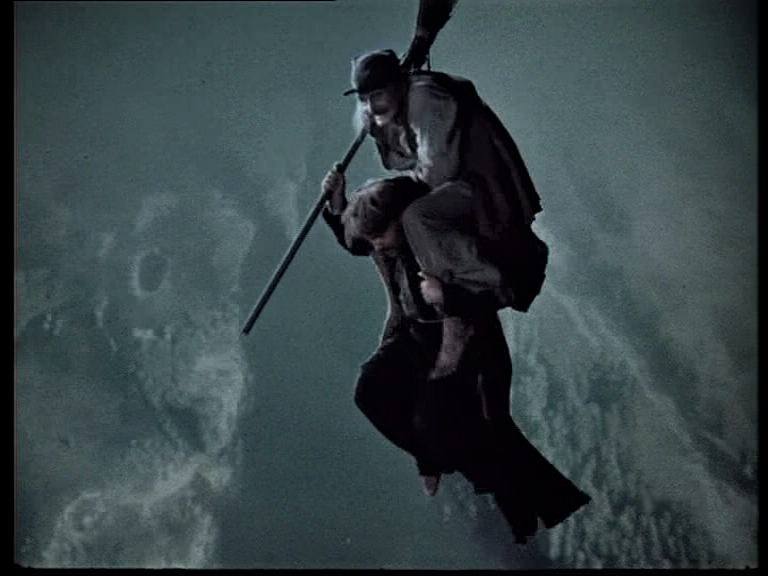

The demons summoned into the church come from the Slavic superstitions of “midnight dead.” Evil people, it was believed, automatically became Devil’s subjects upon death. Earth would not hold them so that every night they would crawl out of their graves and torment the living. In the story, the demons have “black earth” clung to them, as if they crawled out of the ground.
The water sprite (Rusalka) seen by Khoma during his night ride bears relation to the “midnight dead.” It was widely believed, in Russian and Ukraine, that rusalki were spirits of unbaptized children or drowned maidens, who were in league with dark forces. They were known to drown their victims or tickle them to death. They were described as beautiful, and deadly, and bear relation to the young version of the sorceress.
Incantations, exorcism, and the magic circle come from Ukrainian beliefs of protection from evil forces. The circle relates to “chur,” a magical boundary that evil cannot cross.
Additionally, the notion that philosopher weaknesses led to the attacks on his person appears to stem from John of Damascus, who said “… all evil and impure passions have been conceived by [evil spirits] and they have been permitted to visit attacks upon man. But they are unable to force anyone, for it is in our power either to accept the visitation or not.”
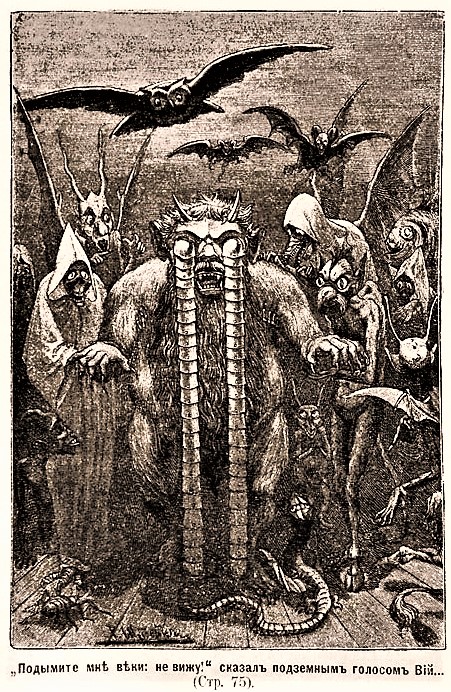

Source
Ivantis, Linda. Russian Folk Belief, pgs. 35-36, in Wikipedia.
H-T: @FolkloreFilmFes
Updated 31 August 2020



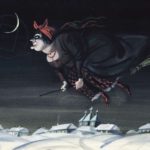
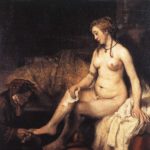
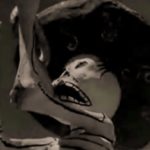
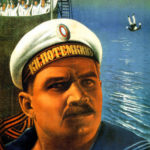






Pingback: La Belle et La Bête – Natural Surrealism of a Misunderstood Beast | WilderUtopia.com